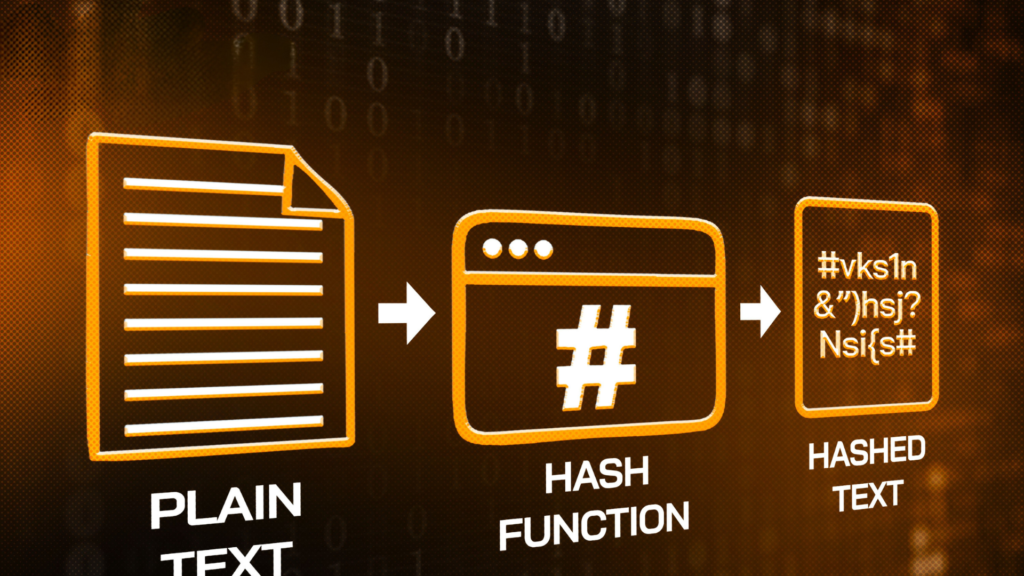Beyond familiar algorithms like Proof of Work, there are other consensus algorithms that offer alternative methods for achieving consensus in a blockchain. In this article, we will explore Proof of Authority (PoA)

What is PoA?
PoA stands for Proof of Authority, a reputation-based consensus algorithm that provides a practical and efficient solution for blockchains. The term was proposed in 2017 by Gavin Wood, co-founder and former CTO of Ethereum.
Proof of Authority is a variation of the Proof of Stake consensus mechanism, where the algorithm emphasizes the value of identity and reputation of the participants, rather than the value of tokens they hold.
The Proof of Authority model relies on a limited number of validators, making it a highly scalable model. Blocks and transactions are validated by pre-approved participants who act as moderators of the system.

What problem does Proof of Authority solve?
In a context where Proof of Work has become outdated and expensive, Proof of Stake algorithms have emerged as one of the popular alternatives to PoW. The strengths of PoS are obvious:
- PoS provides stronger financial incentives for validator activity.
- PoS does not require excessive computational effort or specialized hardware.
- PoS also opens the door for sharding, which allows for greater blockchain network scalability in the future.
With all these advantages, it is no surprise that Ethereum, the second most popular blockchain network in the world, is currently in the process of transitioning from Proof of Work to Proof of Stake. However, PoS also has a significant drawback.
PoS operates on the assumption that those with staked tokens in the network will be incentivized to act in the network’s best interest, otherwise, they risk losing their stake. Therefore, it seems logical to assume that the larger a person’s stake, the more motivated they are to ensure the network’s success. However, this assumption does not account for the fact that, although identical stakes may have the same value from a monetary perspective, they may not be valued equally by their holders.
This is what Proof of Authority aims to improve upon. The idea behind the PoA algorithm is that instead of focusing on the economic value of tokens, network participants will stake their identities.
Validators in a PoA system are known entities who stake their “reputation” for the right to validate blocks. This adjustment to the PoS model eliminates the need to consider monetary discrepancies between validators and ensures that all network participants are equally motivated to work towards the success of their network.
Learn more: What are Validators? The Importance of Validators in Blockchain.
Advantages and limitations of PoA compared to PoW and PoS
The identity verification requirement makes PoA impractical for public blockchains like Bitcoin and Ethereum, which have hundreds or even thousands of validator nodes. That is why PoA networks typically have fewer validator nodes, which makes them less decentralized. On the positive side, they are also capable of delivering higher throughput.
Like PoS, Proof of Authority does not require excessive computational effort or specialized equipment. In addition, PoA networks usually only accept well-established entities as their validators, meaning that achieving that role is often beyond the reach of the average person.
PoW, PoS, and PoA all have their own strengths and weaknesses. We know that decentralization is a highly valued characteristic in the cryptocurrency community, and PoA is a consensus mechanism that sacrifices decentralization in exchange for high performance and scalability.
However, PoA is still an interesting approach that should not be ignored and is seen as a new blockchain solution suitable for blockchain applications that do not prioritize decentralization.

Blockchains Using the PoA Algorithm
Exchange Chains are one of the use cases utilizing Proof of Authority. Exchange chains do not prioritize decentralization; instead, they need a readily scalable blockchain ecosystem to expand the exchange’s ecosystem and use cases for the project’s native token.
One very successful PoA blockchain is the Binance Smart Chain (BSC). After its launch, BSC quickly attracted many users and projects, and witnessed significant growth in on-chain data.
Besides BSC, there are numerous other Exchange Chains such as HECO, OKExChain, Gatechain, Cronos, etc. And without exception, all of them use the PoA consensus algorithm. Personally, I believe that Exchange Chains & PoA will continue to develop in the future and are a piece of the Multi-chain puzzle.
Read more: If you need a product to assist with tax issues and portfolio management in crypto, check out CoinLedger

